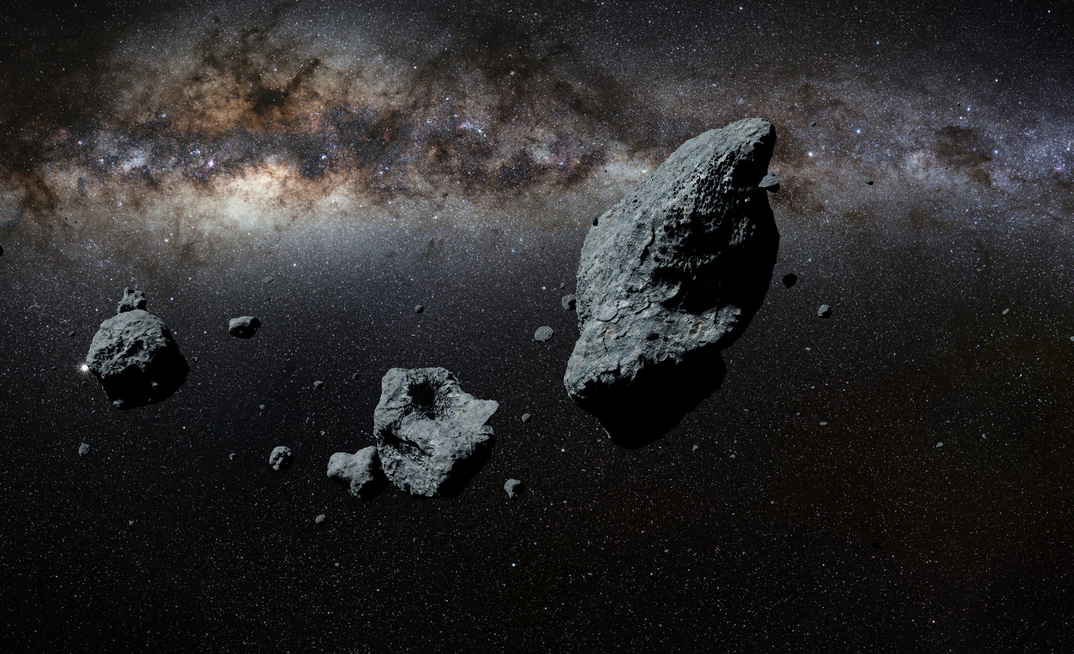The research, led by Rodolfo Marin Rivera, Philip Bird, Gawen R. T. Jenkin, and Andrew P Abbott, introduces a cutting-edge technique that uses non-aqueous deep eutectic solvents (DES) to catalytically dissolve metals from meteorite proxies of metal-rich asteroids.
Establishing viable extraterrestrial settlements requires access to raw materials for construction and in situ technology production.
The newly developed method addresses this critical need by using solvents to efficiently extracting metals from asteroids, reducing the cost, mass, and environmental constraints associated with space missions.
Near-Earth asteroids and comets, in particular, hold significant amounts of valuable metals, including platinum group metals (PGMs), iron, nickel, and cobalt.
The study focused on three types of meteorites: two chondrites (H3, H5) and one iron (IAB-MG) meteorite. These samples were subjected to chemical micro-etching experiments using iodine and iron(III) chloride as oxidising agents in a DES created from a mixture of choline chloride and ethylene glycol. The results were remarkable, with Fe-Ni rich phases effectively leached out while other mineral phases remained unreactive.
The use of non-aqueous deep eutectic solvents (DESs) is potentially a game-changer for space mining. These solvents can be designed with low vapour pressures and potentially created from organic waste products in extraterrestrial settlements, reducing dependency on Earth's resources.
Additionally, DESs operate at low temperatures (20-80 °C), significantly reducing the challenges associated with high-temperature processes in space. Their low toxicity and non-flammability make them a safe option for space-based metal extraction.
This breakthrough opens up new possibilities for harnessing resources in space, paving the way for sustainable space exploration and the establishment of human settlements on other celestial bodies. With further research and development, this method could revolutionize how we extract metals for future space missions, making them more cost-effective, efficient, and environmentally friendly.
























